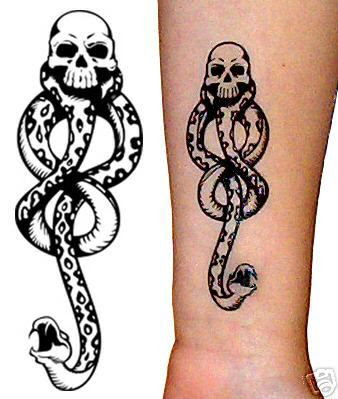The concept of me having tattoos on my body is like a mark that have been left behind by someone i loved or dedicated to the friends that have passed away before their time or the ones that are still doing the walk of life with me that made a big difference in this life of mine and helped me to become who i m today,some reflects pain and hardship in my life but some just pure joy of my past .....many people in this country of ours think a tattoo is something Gang related or a sign of being bad,....but for me...
(criss getting tattooed by sonam d)
Tattooing myself is like process of getting over something or to make a moment a life long memory so that i ll never forget where my root remain and the friends i once had,Tattoo is how i like to express my own believes and also serves as a mark of my own identity. no matter what people think or say i m proud to say and to expose my tattoos to all, so that they know what kind of a charactered man i m in this present life of mine......i love my tattoos and ll keep on doing it till the end of my time on this earth or till i run out of skin...this who i m an what i like to do....i say....."you may loose everything in life but one thing that remains is the inks that that are under your skin"...this is who i m and what i m....
Tattooing myself is like process of getting over something or to make a moment a life long memory so that i ll never forget where my root remain and the friends i once had,Tattoo is how i like to express my own believes and also serves as a mark of my own identity. no matter what people think or say i m proud to say and to expose my tattoos to all, so that they know what kind of a charactered man i m in this present life of mine......i love my tattoos and ll keep on doing it till the end of my time on this earth or till i run out of skin...this who i m an what i like to do....i say....."you may loose everything in life but one thing that remains is the inks that that are under your skin"...this is who i m and what i m....







